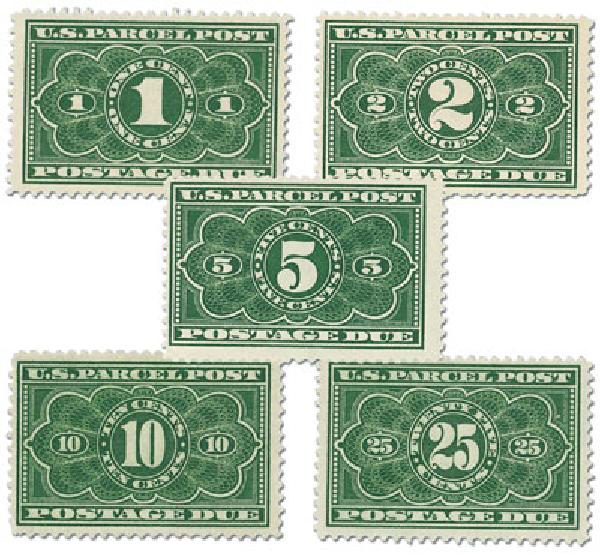On February 19, 1914, parents in Idaho took advantage of the affordable Parcel Post rate to mail their daughter to her grandmother’s house. It was one of several instances of people mailing children using stamps.
A year earlier, the Post Office Department had initiated its Parcel Post service for fourth-class mail on January 1, 1913. Parcel Post service could be used to send items weighing 16 ounces or more through the mail. The mail is divided into four classes, with Parcel Post making up the fourth class. Almost any type of merchandise could be mailed parcel post, including day-old chicks, baby alligators, and honeybees. Only items that could be dangerous to handle could not be sent through Parcel Post.
It wasn’t long after the new service began that parents found an interesting loophole. None of the regulations concerning parcel post prohibited the mailing of people, and other living beings were being mailed that way. In January 1913, Mr. and Mrs. Jesse Beauge of Glen Este, Ohio, sent their young son via Rural Free Delivery one mile to his grandmother’s. The parents paid 15¢ for the stamps and insured their son for $50. Later that month, a family in Pine Hollow, Pennsylvania, mailed their daughter to relatives in Clay Hollow at a cost of 45¢.
Then on February 19, 1914, five-year-old May Pierstorff’s parents in Grangeville, Idaho, wanted to send their daughter to visit her grandparents 73 miles away. They placed 53¢ in stamps on her coat and handed her over to the postal worker on the railway mail train, who also happened to be a relative. Despite her safe delivery to her grandmother’s doorstep, once Postmaster General Albert S. Burleson heard her story, he officially prohibited postal workers from accepting humans to be mailed.
In spite of this, a woman mailed her six-year-old daughter 720 miles from Florida to Virginia the following year for 15¢. The last known instance of a child being mailed came in August 1915, when three-year-old Maud Smith was mailed from her grandparents to her sick mother in Kentucky. Even after this, some people attempted to mail children, but postmasters rejected their applications claiming they couldn’t be classified as “harmless live animals.”

Click here to pick out the individual Parcel Post and Parcel Postage Due stamps you need.
| FREE printable This Day in History album pages Download a PDF of today’s article. Get a binder or other supplies to create your This Day in History album. |
Discover what else happened on This Day in History.





Crazy times back then!
On February 16, on the PDF format, you had the pictures of the stamps in color, which was great and I commented on it. But that was only for one day. I have printed This Day in History articles every day since you started the program to send to a friend. The PDF format saves paper and ink. Hope you will be able to produce the articles with the stamps in color again. Thanks for creating this program …. very interesting history lessons revelant to stamps.
Nothing like “Mail you child” and they actually arrived at their destination! Amazing!!!
Imagine “Mail your child.” and they arrived at their destination. Amazing!!!
Imagine the size that mail box had to be upon delivery!
Delightful story! Who knew that back in the day kids could be mailed, with a parcel post stamp.
I can’t imagine sending a child through the mail be it then or be it now. Call me over protective, but sending my child into the unknown just seems impossible for me. I know we are in a different time and place, but have we really changed that much? Thank you Mystic for showing the many ways in which stamps have been used. Very interesting!
This was very intriguing article! I had heard of this but didn’t know the detail.
KEEP UP THE HIGHLY ENTERTAINING AND INFORMATIVE ARTICLES!
Let’s bring this back! 😉😄
But how was food, bathroom needs handled on the longer runs. Food packaged with kid. Climate considerations?
Fantastic story. I’ve heard about this before, but never heard of any of the details. Keep up the good work!